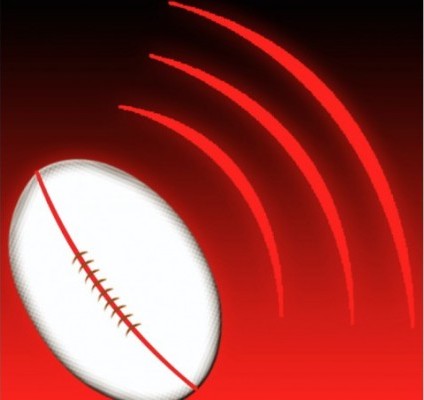Recovery, Parity, and the 2nd Year in NCR Women's D1 Rugby
Recovery, Parity, and the 2nd Year in NCR Women's D1 Rugby
National Collegiate Rugby enters its second year of a new venture with higher-level women’s collegiate competition.
What they dubbed D1 in 2021 in now a split of D1 and D2 as it became clear there is a competitive difference as well as a difference in how teams are supporters.
The move, said NCR Women’s Director and D1 Commissioner Angela Smarto, is about parity and still about recovery.
“Last year was a bit of a crapshoot,” said Smarto. “And some teams came up that were a bit of a surprise—Marquette was a very nice surprise. The key for us is encouraging stability within these teams. Long-term coaching stability is directly related to team success, and we can help that and help give these teams a better, safer environment to grow.”
So NCR has been overseeing a section of the game that is all over the place, to a certain extent. While small college is small college, and treated as such, many supposed D1 teams can often be right on the edge of not having enough players, or not enough coaching, to compete week-after-week in tough competition.
Add to that the fact that while some regions in the country have been slower to come out of COVID hiatus that others, it is also true, but not discussed much, that there’s a gender split in COVID recovery.
By GRR’s own observation, women’s teams were more reluctant in late 2020 and through 2021 to get back to normal, despite the data showing that young people are not at risk for a severe case of the disease.
(Per CDC (see link), deaths with COVID for ages 15-24 made up 0.27% of all COVID fatalities, with women of that age group an even lower proportion of total female deaths.)
So the slow recovery hit rosters with lowish numbers somewhat harder. Smarto said NCR has been working to deal with that by trying to find ways just for the teams to compete.
“We don’t want a team with 10 players to cancel their season,” she said. “More and more conferences have been willing to create 7s divisions and 10s divisions to make that happen.”
Does that simply lower the bar so teams aren’t motivated to recruit? Smarto said no—every team wants more players, and “not everyone wants to play just 7s.”
They have found ways to combine teams on a weekend—bring three teams to a location so they can at least get a game in. At that level, it’s not about winning a conference, it’s about playing rugby games, which engenders love of the sport, which helps grow numbers.
“In social rugby there is still a desire to play and compete,” Smarto said. “Most successful rugby on the senior level has a social aspect. What we need is for more college students to experience rugby.”
The Postseason
At at the higher levels and in the playoffs there have been some changes. The experiment of having Life University’s development team in the postseason won’t be repeated. This, said Smarto, is because the D1 Elite season is now in the fall, and while the commissioner would not say the experiment was failure, the data on Life’s presence wasn’t pretty.
Life won the playoffs, beating Syracuse, Clemson, Marquette, and Northern Iowa by a combined score of 302-3. The Running Eagles Development team might have been young, but they were in a daily training environment other NCR teams can’t duplicate.
It was a case of “one of these things is not like the others.”
Helping Find Parity
Parity, as Smarto said, is important and the 2021 postseason also exposed that there is indeed a competitive split. Not including the Life University games, out of the 12 postseason games, only two were close (Marquette 29 Iowa State 26, and Northern Iowa 35 NDC 29). The other 10 had an average score of 61-13. That is a statistical indication of what Smarto has been saying—they had to learn from 2021 and then work out what that meant.
With the Big 10 conference now in NCR, that will provide a more robust D1, but it’s an ongoing task.
“We want to raise the standard,” said Smarto. “We want more teams to play better. But some are not able to travel a lot, and others want to, and have holes in the schedule, but don’t know who they can play. That’s where we at NCR can help. We know the teams that have gaps in their schedule and we can help match up teams that need additional opponents.”
And that’s for teams looking for higher-level opposition and teams trying to find their level.
“No one gains when there are blowouts,” said Smarto.











